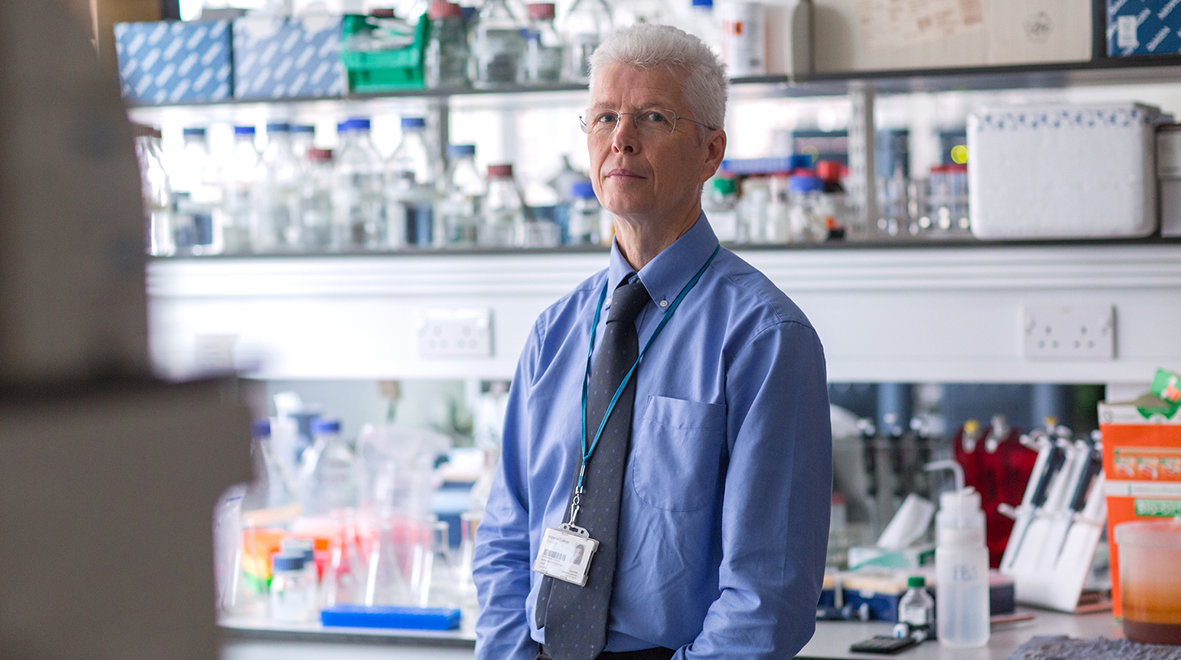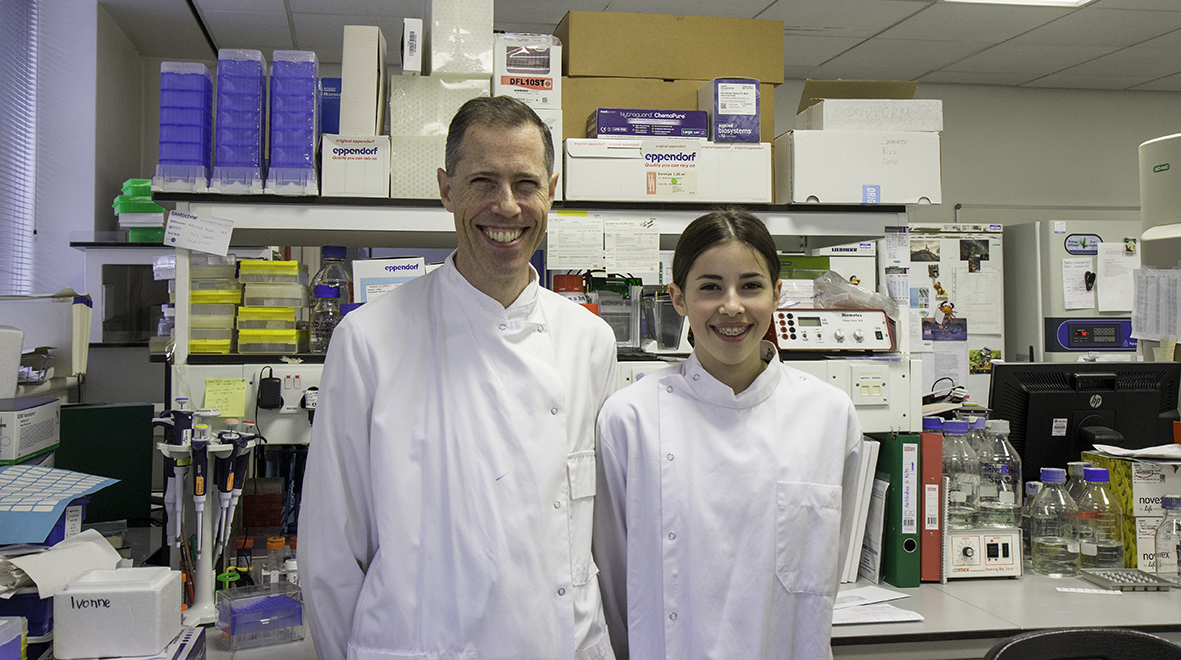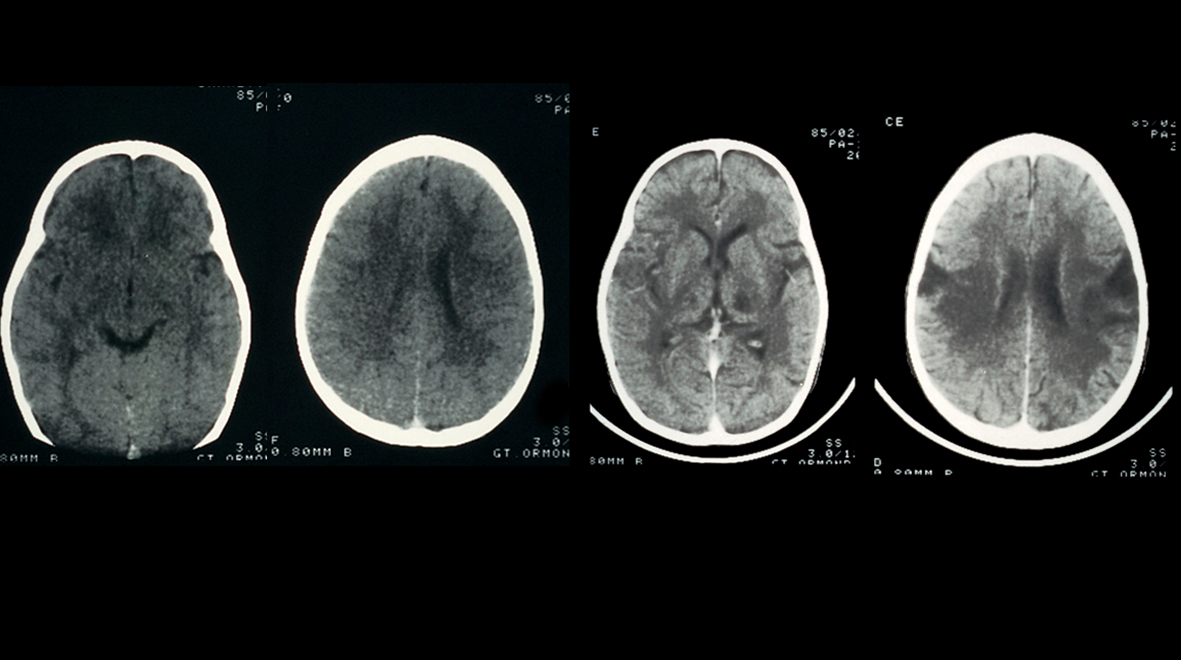
Originally published on the Imperial College Healthcare NHS Trust blog, Professor Jonathan Weber, Dean of our Faculty of Medicine, shares the story of his career working with people affected by HIV/AIDS.
In April 1982, I was a young doctor with an interest in infectious diseases when my mentor, Professor Philip Marsden, mentioned a new disease he’d seen in New York, which was affecting young gay men and had all the hallmarks of a sexually transmitted infection. He suggested it would be interesting to look for this new disease in London and he thought St Mary’s Hospital might be a good starting point. So in August 1982, I joined Dr Willie Harris’ Praed St Clinic, looking at the immune system of gay men who visited the clinic, guided by immunologist Professor Tony Pinching and virologist Professor Don Jeffries.
Early observations
I was fortunate to be able to work on my research full-time from early 1983, thanks to a fellowship from the Wellcome Trust; I had gathered a cohort of 400 gay men at the clinic and examined their immune systems. What my colleagues and I discovered was that all the men in the cohort had abnormal immune systems; they all had a low number of CD4+ T-lymphocytes and low CD4:CD8 T-cell ratios. They also had enlarged lymph nodes in their necks, armpits and groin, which is usually a sign that the body is trying to fight an infection. These observations led us to believe that all the patients in this cohort had an early manifestation of AIDS; it was a chilling insight into the scale of the unfolding AIDS epidemic. (more…)






 As the Imperial Network for Vaccine Research launches, Dr Chris Chiu tells us why he’s in pursuit of a collaborative approach for developing new vaccines.
As the Imperial Network for Vaccine Research launches, Dr Chris Chiu tells us why he’s in pursuit of a collaborative approach for developing new vaccines. 